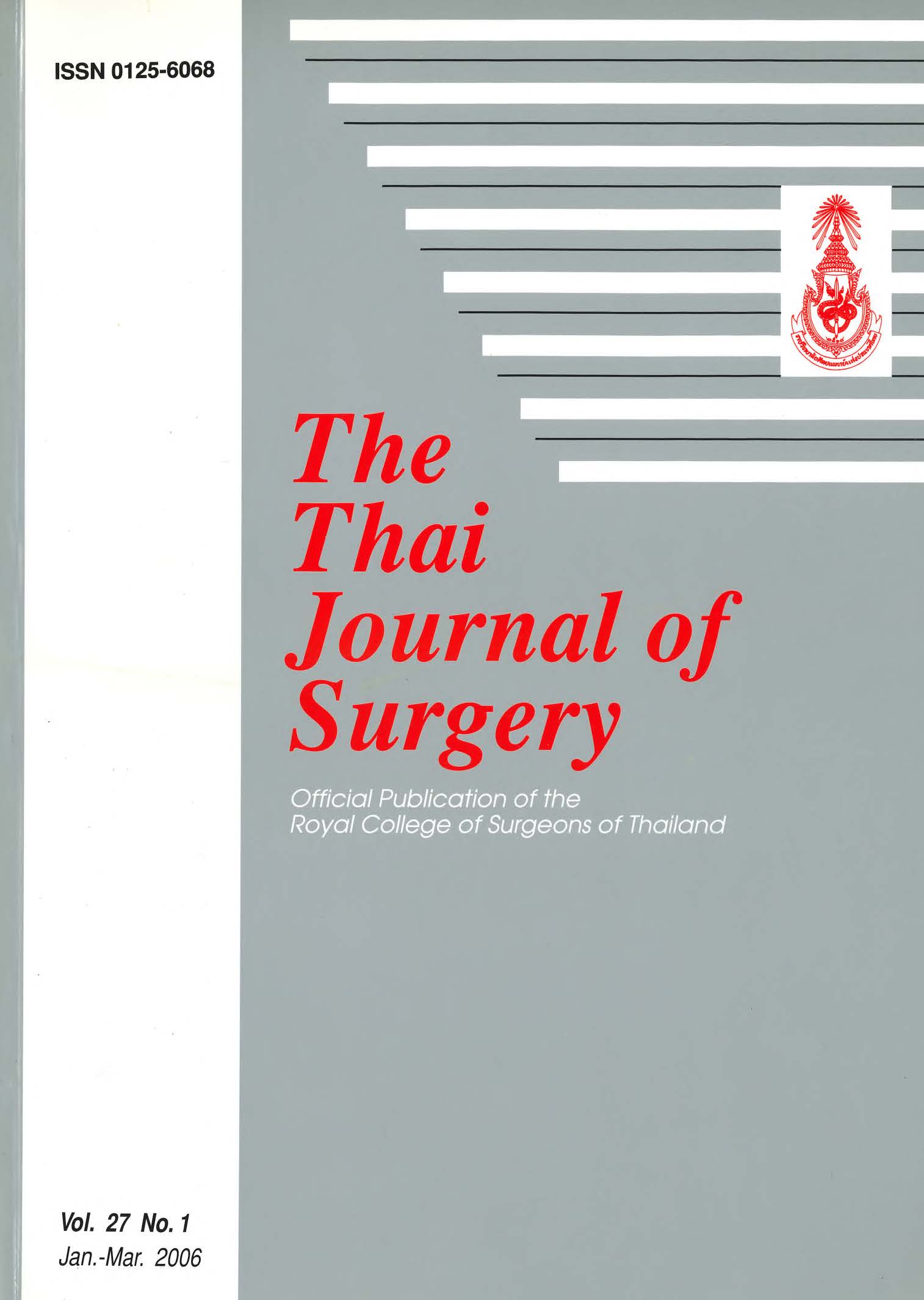Influence of Testosterone Concentration on Activity of 5α-reductase and Aromatase
Keywords:
fibroblasts, testosterone, 17β-oestradiol, 5α-dihydrotestosterone, 5α-reductase, aromataseAbstract
Objective: To study the influence of testosterone concentration on activity of 5α-reductase and aromatase
Material and Methods: This experimental research was conducted on the testosterone-sensitive cell line of fibroblasts of male foreskin. The cell culture was incubated in mediums with various concentrations of testosterone.
Results: The investigation revealed that a minimal formation of 17 β-oestradiol and 5α-dihydrotestosterone was observed in mediums that contain a concentration of the hormone close to the average physiological indices. Any deviation of the testosterone concentration both up and down was accompanied by an increase in the formation of 17β-oestradiol and 5α-dihydrotestosterone.
Conclusions: Any changes in the content of the testosterone in the medium (either an increase or decrease) lead to a consistent growth in the formation of 5α-dihydrotestosterone and 17β-estradiol and consequently, an increase in 5α-reductase activity and aromatase. An increase in the level of 5α-dihydrotestosterone and 17β-oestradiol contributes to the development of benign hyperplasia and cancer of the prostate. Conversely, rehabilitating the level of testosterone to its physiological level leads to a decrease in the production of 5α- dihydrotestosterone and 17B-oestradiol and leads to prevention of the above-mentioned diseases.
References
2. Partin AW, Oeserling JE, Epstein JI, et al. Influence of age and endocrine factors on the volume of benign prostatic hyperplasia. J Urol 1991; 145: 405-9.
3. Stoner E. Finasteride Study Group. The clinical effects of 5α- reductase inhibitor, finsteride, on benign prostatic hyperplasia. J Urol 1992; 147:1298-302.
4. Montanari E, Guarneri A, Dell, Orto P, Gelosa M. Etiopatho- genesis of benign prostatic hypertrophy. Arch Ital Urol Androl 1995; 67ะ 7-12.
5. Lopatkin NA. Guide to Urology. Moscow: Medicine (3), 1998.
6. Sufi SB, Donaldson A, Jeffcoate SL. WHO Matched Reagent Programme Method Manual. 16h ed. London, 1992.
7. Whitley RJ, Meike AW, Watts NB. Tietz textbook of clinical chemistry. 2nd ed., Ed. Burtis CA, Ashwood ER. Philadelphia: WB Saunders, 1994.
8. Hiipakka RA, Liao S. Molecular mechanism of androgen action. Trends Endocrinol Metabol 1998;9: 317-24.
9. Glantz SA. Primer of biostatistics. Moscow: Practica, 1999.
10. Kettail VM, Arki PA. Pathophysiology of the endocrinal system. Saint-Petersburg: Nevsky Dialect, 2001.
11. Lavin N. Endocrinology. Moscow: Practica, 1999.
12. Zazerov VG, Severin ES. Molecular mechanisms of oncogenesis of the prostate gland. Vestnik Russian Academy of Medical Sciences 1998; 5: 29-35.
13. Burrows H, Horning E. Oestrogens and neoplasia. Springfield, Illinois: Charles C. Thomas Publ, 1952.
14. Farber E. Cell proliferation as a major risk factor for cancer: a concept of doubtful validity. Cancer Res 1995; 55: 3759-62.
15. Sporn MB. The war on cancer. Lancet 1996: 347: 1377-81.
16. Bershtein LM, Hormonal Cancerogenesis. Saint-Petersburg: Nauka, 2000.
17, Russo J,Russo IH. Differentiation and breast cancer. Medicina (B. Aires) 1997;57:81-91.
18. Pechersky AV, Semiglozov VIF, Mazurov Vl, et al. Androgen administration in middle-aged and aging men: effects of oral testosterone undecanoate on dihydrotestosterone, estradiol and prostate volume, Int J Androl 2002; 25: 119-25
19. Pechersky AV, Semiglazov VF, Loran OB, et al. Changes in the level of cytokines in patients with prostate cancer after orchiectomy. TERRA MEDIKA nova. Laboratory Diagnostics (Special Edition) 2003; 2: 26-30.
20. Wilson JD, Metabolism of testicular androgens. Handbook of Physiology: Chapter Y. Endocrinology 1975.
21. Prehn RT. On the prevention of prostate cancer by androgen administration. Cancer Res 1999;59:4161-4.
Downloads
Published
How to Cite
Issue
Section
License
Articles must be contributed solely to The Thai Journal of Surgery and when published become the property of the Royal College of Surgeons of Thailand. The Royal College of Surgeons of Thailand reserves copyright on all published materials and such materials may not be reproduced in any form without the written permission.



